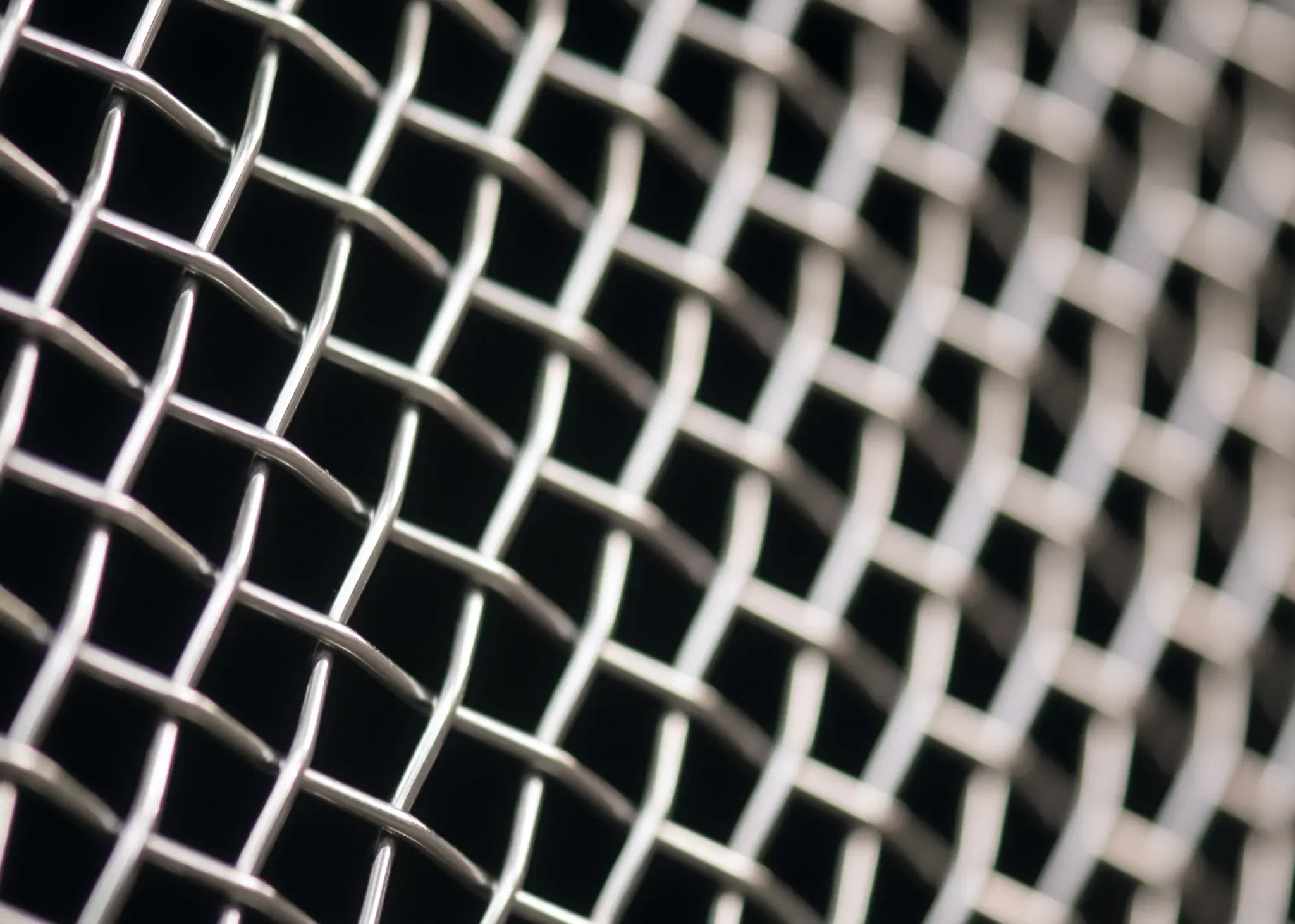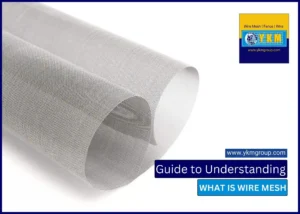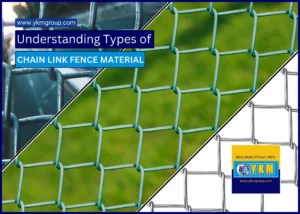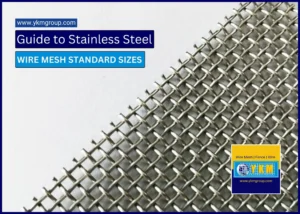Shale Shaker screen and the Shaker screen sizes play a pivotal role in the drilling industry, ensuring effective separation of solids from drilling fluids. Shaker screens serve as critical components in the process of separating solids from drilling fluids or other materials.
One critical aspect defining their efficiency is their size. Understanding common shaker screen sizes is imperative for optimizing drilling operations.
Overview of Common Shaker Screen Sizes
Shaker screen sizes vary widely, typically ranging from API 20 to API 325, each designated for particular applications based on their mesh count and aperture size.
What are the importance of Size in Shaker Screens?
The sizes of shaker screen directly influences its performance. The mesh count and configuration dictate the effectiveness in sieving various materials.
What are the factors affecting sizes of shaker screen
Several factors influence the choice of screen size which are:
- Material being sieved
- Physical conditions
- Desired level of separation.
Understanding Shaker Screen Sizes
Importance of Screen Size in Shaker Operations
The size of shaker screens significantly impacts the separation process. It determines the cut point, influencing the effectiveness of solid removal.
What is the Standard Measurement Units for Shaker Screens Sizes?
Shaker screen sizes are measured using mesh counts or API designations, representing the number of openings per linear inch. These measurements standardize screen sizes across various wire mesh manufacturers.
What are the Common Shaker Screen Sizes?
From fine to coarse, shaker screens vary widely in sizes and mesh configurations. Common sizes of wire mesh range from API 20 to API 325, each catering to specific particle separation requirements.
What are the basic Shaker Screen Size Categories
Fine Mesh Screens
API 100 to API 325 screens suit finer solids control needs, offering efficient separation of smaller particles.
Medium Mesh Screens
API 60 to API 100 screens strike a balance between efficiency and capacity, suitable for moderate drilling conditions.
Coarse Mesh Screens
API 20 to API 60 screens handle larger solid volumes, ideal for coarse solids separation in less demanding drilling scenarios.
Factors Influencing Screen Size Selection includes:
Application Specifics
Different drilling applications demand varying screen sizes. Factors like drilling depth, mud properties, and solids content guide the selection process.
Drilling Conditions
The geological makeup and drilling conditions also dictate optimal screen size selection. Abrasive formations might require finer screens for efficient solids control.
Fluid Properties
The viscosity and density of drilling fluids affect the screen size choice. Fluids with high viscosity might necessitate larger openings to prevent blockages.
Maintenance and Replacement Considerations
Regular maintenance and timely replacement of worn-out screens are imperative to maintain operational efficiency and prevent disruptions.
Innovations in Shaker Screen Sizing
YKM is one of top ss wire mesh suppliers in UAE with a dedicated R & D Team. Our expert engineers work closely with the industries and understand the physical condition and our wire cloth is optimized to it. Recent advancements have led to innovations in screen designs, enhancing durability, efficiency, and finer separations, contributing to improved overall performance.
Faq (Frequently asked question)
Standard shaker screen sizes typically range from API 20 to API 325. These sizes are classified based on the number of openings per linear inch in the screen cloth.
The API (American Petroleum Institute) designation indicates the screen’s mesh size or the number of openings per linear inch. For instance, API 20 has larger openings compared to API 325.
Smaller API sizes (higher numbers) like API 325 indicate finer mesh screens, which are more effective in separating smaller solids from drilling mud. Larger API sizes (lower numbers) like API 20 are suitable for larger solids.
he choice of screen size depends on the drilling conditions and the solids content in the drilling mud. Finer screens (higher API numbers) are preferred for fine solids, while coarser screens (lower API numbers) work better for larger particles.
Yes, shaker screens can be made of various materials, including stainless steel, composite materials, and polyurethane. Each material has its advantages in terms of durability, performance, and cost-effectiveness.




